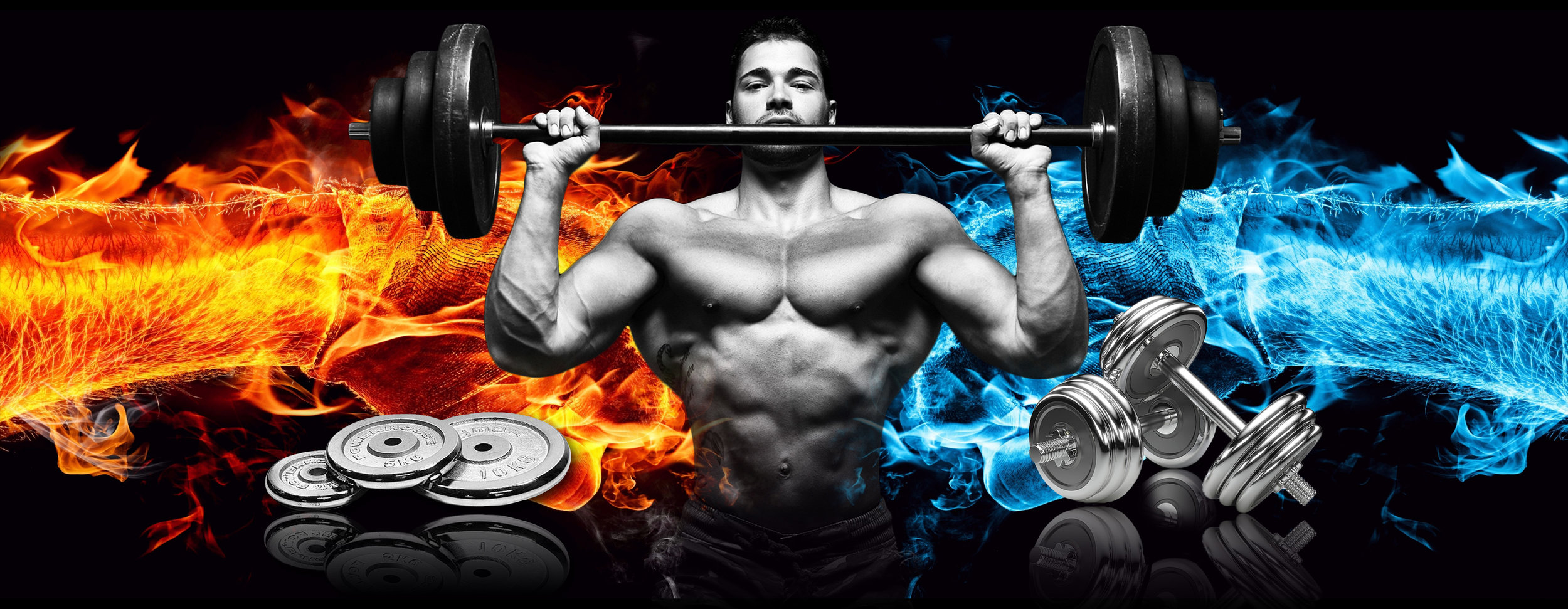Master Your Lower Body Mechanics with This Eccentric Isometric Lunge
Dr. Joel Seedman, Ph.D.
Here’s NFL superstar DeAngelo Hall who I’ve recently had the pleasure of working with. Having suffered several season ending lower body injuries over the last few years, the goal with DeAngelo has been not only to rehab his body and get him ready for the upcoming season but to bulletproof his joints and connective tissue by teaching his muscles to absorb force. With this in mind the main techniques we’ve been applying are eccentric isometrics, foot and ankle training, core stabilization exercises, and other neuromuscular re-education drills.
By addressing these components not only does the athlete greatly improve their body mechanics, muscle function, and motor control, but they gain incredible strength and functional hypertrophy all of which prevent injury and enhance performance. And yes that means little if any flexibility training, mobility exercises, soft tissue work, or corrective exercises but simply performing correct exercises. I’ve been doing this with DeAngelo by teaching him the basic foundations of fundamental movement patterns (squat, lunges, hinge, single leg stand, etc.) and reinforcing those into his CNS.
In this particular workout I had DeAngelo perform eccentric isometric lunges with partner perturbations and an in-line foot position. Eccentric isometrics focus on emphasizing the duration of the eccentric phase of the movement as well as the hold in the bottom stretched position. By spending more time in the stretched position this increases proprioceptive feedback from the muscle spindles which in turn allows the lifter to fine-tune their movement mechanics and auto-correct their body positioning. That’s because muscle spindles provide the greatest levels of somatosensory feedback when they’re stretched and under tension.
As you can see in this video by implementing the eccentric isometric protocol this allowed DeAngelo to hone in on the optimal mechanics for the lunge which include a hip hinge and forward lean rather than the incorrect upright position that most lifters fall prey too. The lunge with the hip hinge and forward lean is not simply another variation of a lunge but the proper method for performing a stride or lunge position based on optimal human biomechanics. This places the most stress on the surrounding musculature (quads, glutes, and hamstrings), while simultaneously placing the least amount of stress on the joints. In fact DeAngelo had a difficult time performing pain-free lunges in any other fashion except that shown in the video as it represents ideal mechanics not just for some individuals but for all humans regardless of goals and body type. Read more about proper lunge mechanics Here.
Although it’s difficult to see, I also have him performing the lunge with an in-line or semi-in-line foot position where both feet are approximately in-line with each other rather than staggered. This represents optimal mechanics not only for the lunge but for the human gait. Allowing athletes to stagger their stance with one foot significantly more to the left or right of the other not only degrades sprint and running mechanics but it also creates greater potential for injuries to the knees, hip, ankles, feet, and low back. Performing them with the proper in-line position does wonders for improving balance and stability by teaching the feet and ankles to function properly.
You’ll also notice the hands on perturbation training I’m applying gently to his body throughout the set. Perturbation training involves unpredictable oscillations with partner taps to create oscillating kinetic energy which forces the lifter to activate every stabilizer from head to toe. The demand on the entire lower body, stabilizers, feet, ankles, toes, and core is through the roof. In addition it teaches the lifter to be incredibly tight and locked in as perturbation training has been scientifically shown to produce concurrent activation potentiation as well as a host of other neuromuscular benefits. In other words you get increased neural drive to all the extremities and stabilizers as your body works overtime to lock the movement in.
Stabilizing a joint is incredibly important for performance and overall joint integrity. However many traditional movements produce instability in a fairly predictable fashion. By adding in sporadic perturbations this exposes the muscles to unpredictable oscillations forcing them to continually adjust to this irregular stimulus. I refer to this as reactive stabilization and consider it to be integral for any athlete or lifter seeking to maximize his or her performance.
Start off with gentle taps and progress to more aggressive perturbations as stability improves. Several sets of 30 seconds on each leg is a solid starting point. Each eccentric isometric should be held for at least 5 seconds (before coming up and resetting) to ensure the athlete hones in on the position and fine-tunes their body mechanics.




















